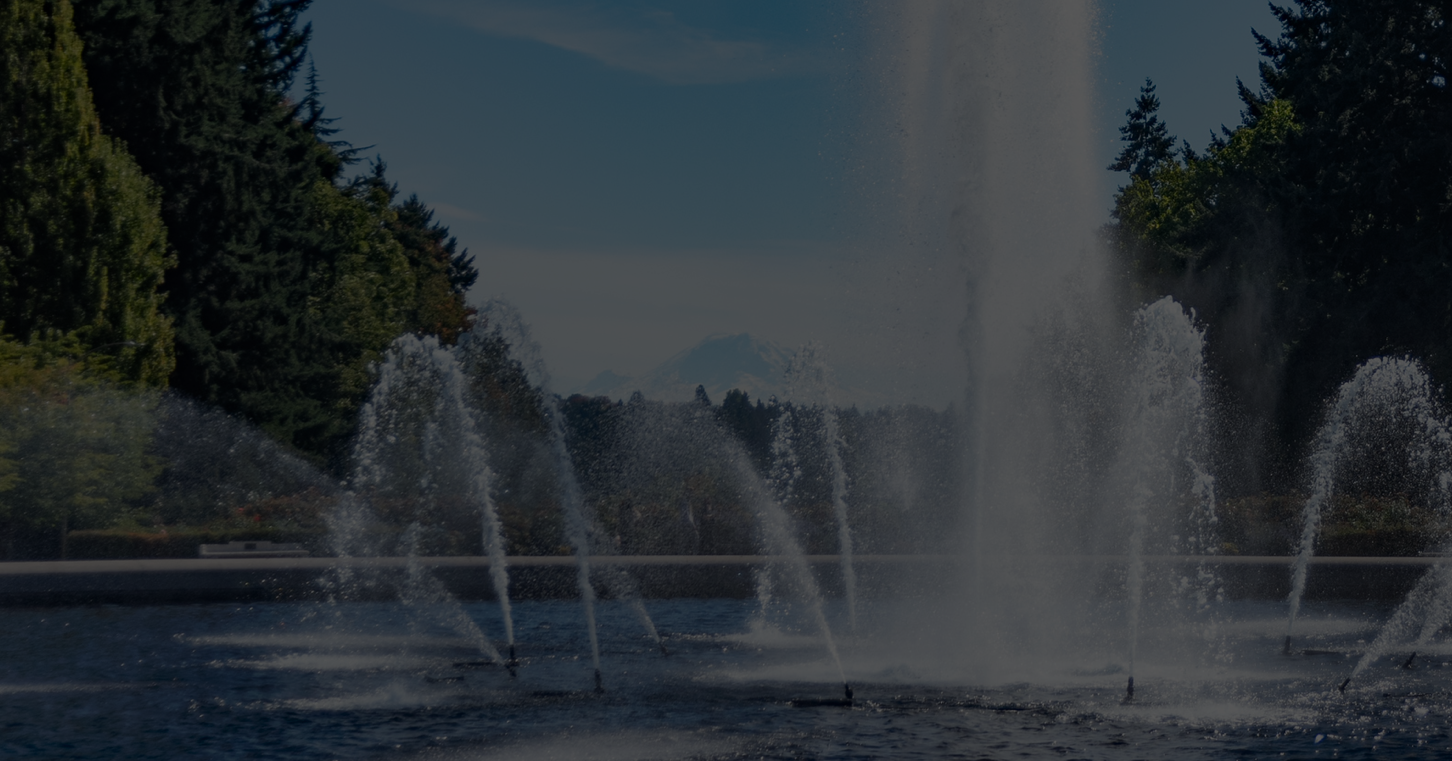Overview
Kidney stones less than five millimeters most often will pass without the need for intervention. Some indications for treatment would be pain, blockage of the urinary tract, associated infection, and large stone burden to name a few. Surgical treatment of kidney stone disease can be complex, and type of treatment recommended depends on stone size and location, total stone burden, stone composition, patient anatomy as well as other medical problems.
Description
- Shockwave lithotripsy. Commonly referred to as SWL or ESWL. This is an outpatient procedure most often performed under general anesthesia. It is noninvasive in the sense that shockwaves are delivered from outside the body and focused on the stone. With repetitive shocks, the goal is to crumble the stone into small pieces that can pass out the urinary tract. A ureteral stent may or may not be used.
- Ureteroscopy. Ureteroscopy is often combined with laser treatment of the stone(s), termed laser lithotripsy. This entails passing a small camera into the urethra and up the urinary tract to the stone. There is no incision. This allows direct vision of the stone and treatment. Ureteroscopy may be combined with basket removal of small fragments. A ureteral stent is most often placed after this procedure for a few days due to swelling of the ureter.
- Percutaneous nephrolithotomy (PNL). PNL is often the surgery of choice for very large stone burdens. A tube is first placed in the kidney through the back. A very small (1 cm) incision is made in order to pass a camera through the back into the kidney. The stone is directly visualized and broken up with a combination of ultrasound energy, laser and pneumatic (hammer-like) energy. This approach also has the ability to grasp large fragments and remove them but also suction out fragmented stone at the same time. The stone clearance rate is higher compared to either SWL or ureteroscopy for a similar sized stone.
Preoperative Considerations
There are many factors as mentioned before including stone size and location that play an important role in preoperative planning. Not all patients are good candidates for SWL. Some stones are resistant to this approach and large body habitus makes this technology less effective. It should not be used if there is an obstruction below the stone. The holmium laser used with ureteroscopy is effective for all stone types, but some locations may be difficult to access secondary to patient’s anatomy. Uncorrected bleeding disorders typically preclude either SWL or PNL.
Postoperative Care
Depending on the stone burden, patient anatomy and other factors, more than one procedure may be required to successfully treat the stones. It is common to have some blood in the urine after any stone treatment. Recovery time varies for all the procedures. For SWL and routine ureteroscopy, most patients are back to their normal activities within a few days. If a stent is placed between the kidney and bladder, there is often some discomfort either in the back or bladder while in place.
After percutaneous stone treatment (PNL), the patient typically remains in the hospital for 1-2 days. A tube draining the bladder and another draining the kidney (out the back) usually remain for 1-2 days as well.
When a ureteral stent is used for any of the procedures, either a string is left attached that can be pulled, or a simple office-based procedure is required for removal. It is routine to perform some type of imaging, such as an ultrasound, approximately a month after the procedure or stent removal.
Long Term Care
For some first-time stone formers without other stones, often no further work-up is required. For recurrent stone-formers, additional work-up including urine testing and periodic imaging is recommended.



